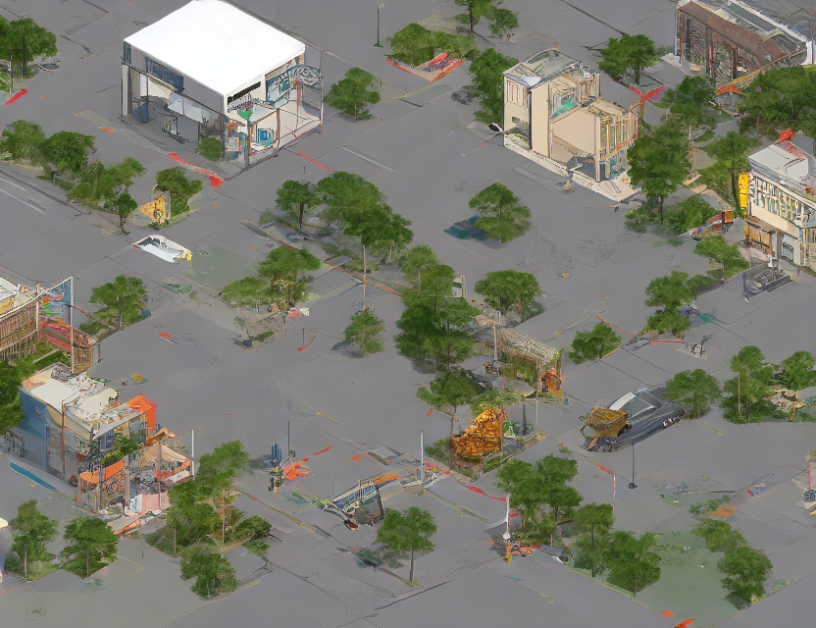Visual grounding is a crucial task in computer vision, involving the process of associating visual content with linguistic descriptions. In this article, we survey recent approaches to visual grounding, focusing on their strengths and limitations. We explore how these methods address the problem of generating accurate object descriptions and improve upon traditional techniques.
Section 1: Context and Grounding
Visual grounding is the process of linking visual content with linguistic descriptions. However, simply matching visual features to language words is not enough; the context in which an object appears is just as important. This section discusses the importance of context in visual grounding and how it can be incorporated into existing approaches.
Imagine trying to describe a cat without mentioning its fur or whiskers. The word "cat" alone doesn’t convey much meaning; we need additional information to make it specific. Similarly, when generating object descriptions, the context in which an object appears can greatly impact how it is described. By considering this context, visual grounding models can better associate visual content with linguistic descriptions.
Section 2: Alternative Approaches
Existing approaches to visual grounding often rely on introducing external knowledge or increasing model scale to improve performance. However, these methods overlook the importance of internal context information. This section explores alternative approaches that focus on using coarse-grained cluster-level information, or prototypes, to better ground objects.
Think of a prototype as a rough sketch of an object, representing its basic shape and features. By leveraging these prototypes, visual grounding models can more effectively associate visual content with linguistic descriptions, especially in open-vocabulary scenes. This approach is inspired by cognitive psychology and neuroscience research, which highlights the importance of prototypes in human perception and memory.
Section 3: Context Disentangling
Disentangling the context from the referent is crucial for accurate object descriptions. This section discusses a proposed approach called context disentangling, which enhances salient objects’ features while suppressing contextual information. The visual context disentangling module uses cross-modal attention and discrimination coefficients to distinguish the referent from its surroundings, while the language context disentangling module focuses on attributes and relations using phrase attention after adapted language features.
Visualize this process like separating a mixed drink into its individual ingredients: the referent (the liquid itself) and the context (the other liquids and mixers). By disentangling the context, visual grounding models can better distinguish between the referent and its surroundings, leading to more accurate object descriptions.
Conclusion
In conclusion, recent approaches to visual grounding have shown promising results in generating accurate object descriptions. However, these methods often overlook the importance of internal context information. By incorporating prototypes and disentangling the context from the referent, visual grounding models can improve their performance and better associate visual content with linguistic descriptions. As computer vision technology continues to advance, it is essential to explore new approaches that can more effectively leverage the underlying structure and patterns in data.



